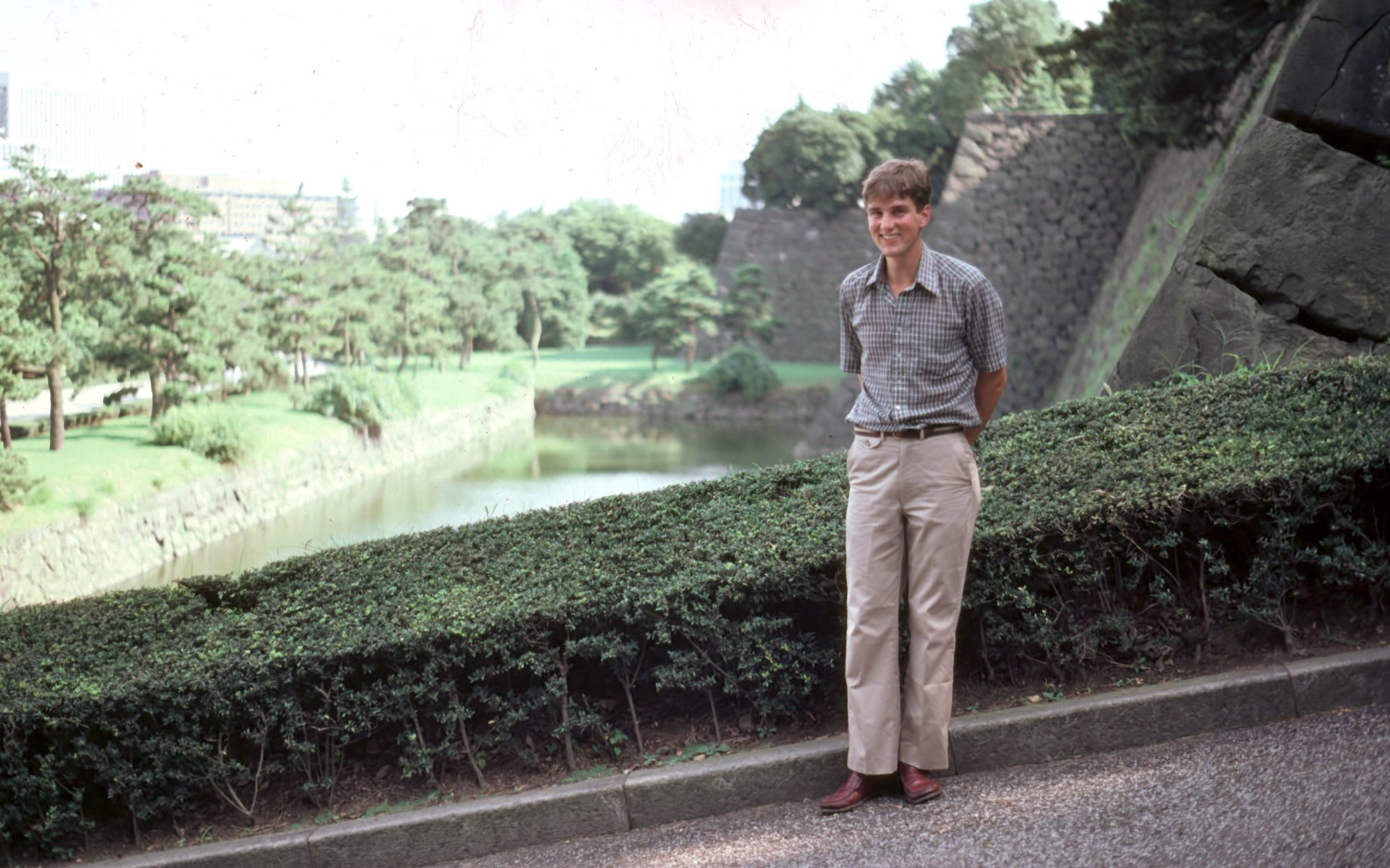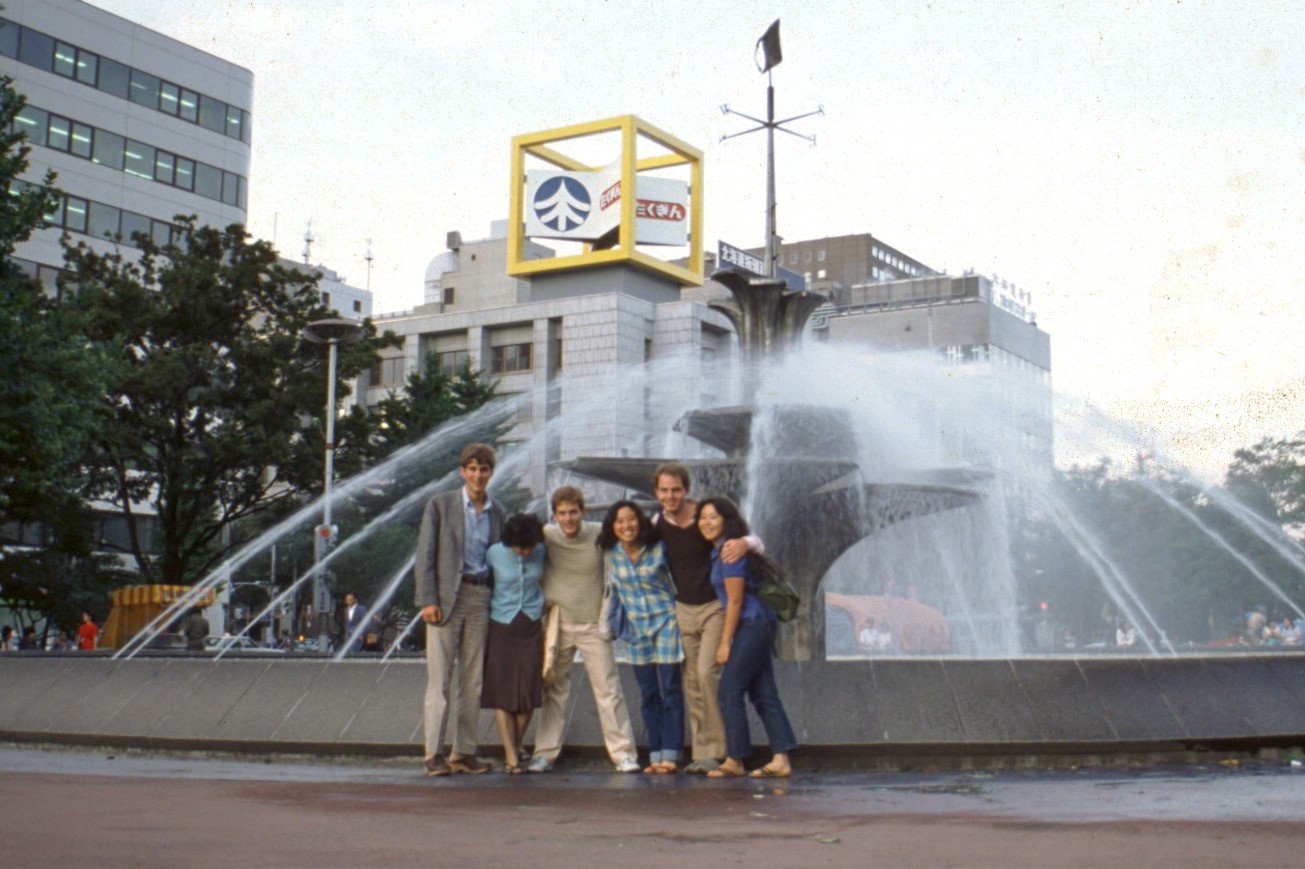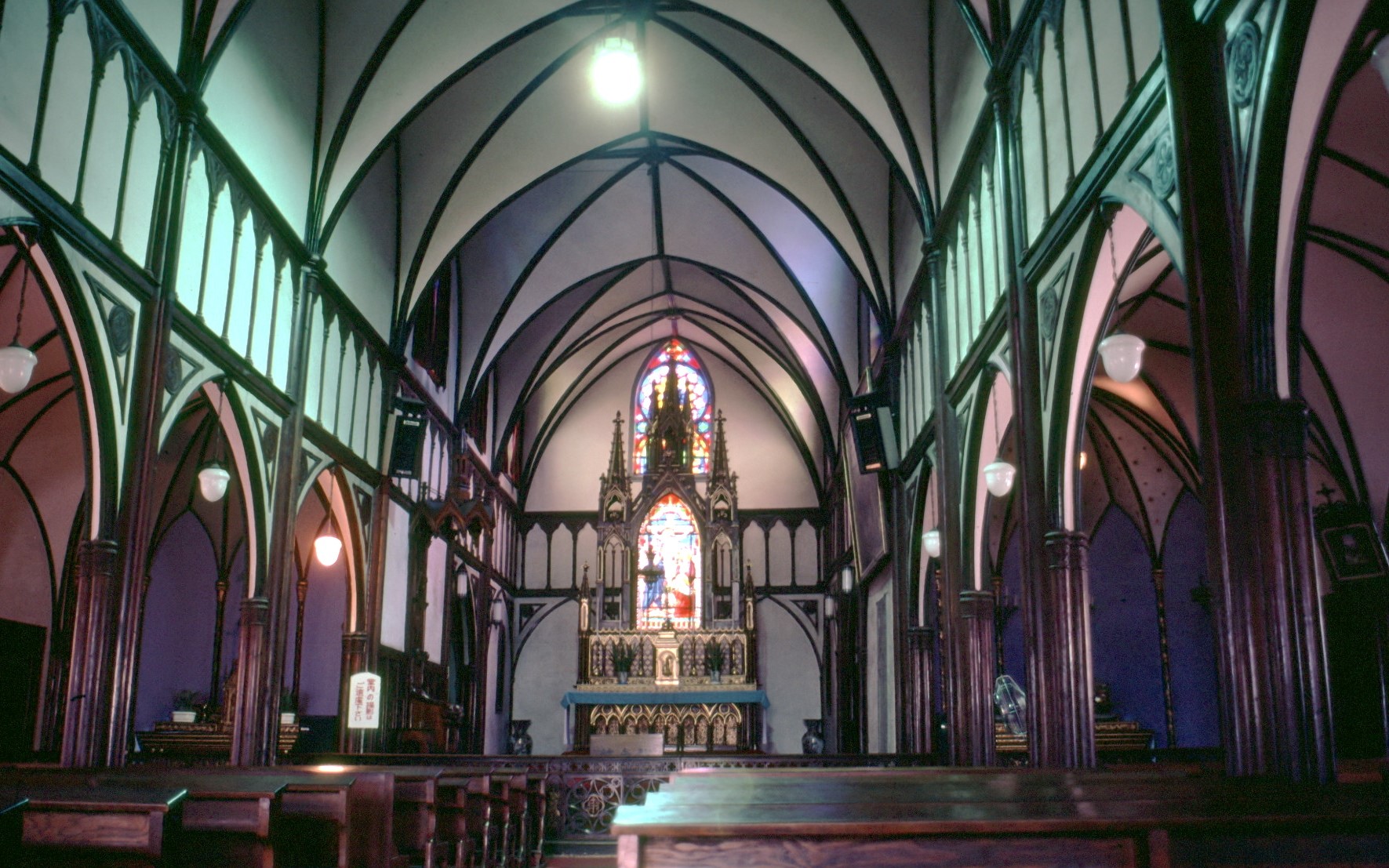A Letter from Thomas Goetz, serving in Japan
April 2019
This is the covenant that I will make with them after those days, says the Lord: I will put my laws in their hearts, and I will write them on their minds. Hebrews 10:16-25
When I visit churches, people always ask when I became interested in Japan. In this letter, I would like to share my narrative. When I was a child in Milwaukee, Wisconsin, Japan was one of those faraway countries. I recall looking at toys, seeing “Made in Japan,” and wondering what Japan was. After learning that it was a different country on the other side of the world, I concluded that anything from there was cheap.
Later, in the 7th grade, my social studies teacher, Mr. Laine, taught a unit about Japan. This was 1974. During that time, I learned that Japan had been operating its Bullet Train for ten years. It was the fastest train in the world! And he had pictures and a movie showing how wonderful it was. We also saw pictures of Ginza and Shinjuku, two “happening” places in Tokyo, contrasted with pictures of Kyoto, Japan’s ancient capital. In a manner of speaking, seeds were planted — the slow process of unlearning had begun.
This was also the time of the Oil Shock. Detroit saw its car sales decrease due in part to American cars’ poor fuel efficiency, while Japanese fuel-efficient imports increased. That was the tipping point. Even with the AMC Gremlin getting 35 miles per gallon on the highway, the Honda Civic got 40. This was a highly debated topic. Then came a cavalcade of Japanese products, all superior to their U.S. counterparts. Radios, TVs, cameras, automobiles, amps, cassette decks, and turntables. Advertising played a major role too. An American driving a Toyota Corolla, for example, or a geisha listening to a Sony Walkman. It seemed like everything that was worth buying was “Made in Japan.”
I went to Lewis & Clark College in Portland, Oregon. People often asked me why, as a Milwaukee boy, I didn’t just go to the University of Wisconsin, Madison? No real answer, other than I enjoyed listening to Woody Guthrie sing about the Pacific Northwest. I had images of tall Douglas fir trees, the untamed Oregon coast, and the Columbia River with its Grand Coulee Dam. My father once said that one of his goals in life was to send his children to any U.S. university of their choice. And for that, I am forever thankful.At Lewis & Clark, I discovered that Portland was on the Pacific Rim. Japan was no longer a country located in Asia’s “Far East,” but a neighboring country connected by shipping lanes, affordable flights, sushi restaurants, sister cities, and cultural blending.
During the summer of 1982, I traveled to Japan. Initially, I was planning to visit Europe, but when volunteering at Lewis & Clark’s Language Center where most of the foreign students were Japanese, we talked about summer vacation. They were all going back to Japan. Then one student asked why I was going to Europe when they were all going to Japan. We got out a map and put pins on the cities where everyone lived. Suddenly, an incredible itinerary came into focus. Japan, with its own Rail Pass, was the new destination.
I could visit all my friends in their homes from Sapporo in the north to Fukuoka in the south, with stops in Chiba and its beautiful beach; Yokohama and the Giant Buddha; Hamamatsu, location of its Giant Kite Festival; Nagoya; Kyoto; and Osaka.
During this trip, I met a survivor of the atomic bombing in Nagasaki. She was my friend’s aunt. To do the encounter justice, I will share that in a later letter. In short, she was happy to share her story with me. There was no bitterness. Only hope for the future, understanding in the present, and a desire for everyone to learn from the past. Such an atrocity should never happen again. This has had a profound, long-lasting effect on me, as it showed me history from a different point of view.
That was all too long ago. Now I look over my shoulder and realize that I have been here for half of my life, and I can give thanks to God for opening doors for me to be a servant teacher here. In March, Mr. Laine, my social studies teacher, and his wife, Bobbi, visited us for a few days. This is the same man who planted the seeds so many years ago. In true Japanese style, Hideko and I treated them like royalty the whole time and had loads of fun. Mentally, I could finally cross the line from seeing him as Mr. Laine to viewing him as Don.
God gives us doors to pass through. Some doors are bi-directional; others only are for single passage. When I stepped through the door (metaphorically speaking) that opened up to a life in Japan, I made sure I brought the church with me, seeking to serve in positions in universities that were open and friendly to Christianity. I committed myself to being a servant teacher. I look forward to the next ten years where more transitions and challenges await, namely, retirement and old age.
The writer of Hebrews talks about how the Lord made a covenant, a connection for us to live with the living God, not just by ourselves, but in the divine presence and in the presence of other people. Earlier, the writer of Deuteronomy 30:14 taught that “the word is very near to you; it is in your mouth and in your heart for you to observe.” The writer of Hebrews wishes us to set our faith into action with God’s laws in our hearts and written in our minds. With that said, I would hope that you, the gentle reader, take time to think about supporting our mission co-workers and long-term mission volunteers. We have been set apart for service and witness in Jesus’ name to make our world a better place. Thank you in advance for your kindness and generosity.
Thomas
![]() You may freely reuse and distribute this article in its entirety for non-commercial purposes in any medium. Please include author attribution, photography credits, and a link to the original article. This work is licensed under a Creative Commons Attribution-NonCommercial-NoDeratives 4.0 International License.
You may freely reuse and distribute this article in its entirety for non-commercial purposes in any medium. Please include author attribution, photography credits, and a link to the original article. This work is licensed under a Creative Commons Attribution-NonCommercial-NoDeratives 4.0 International License.




